Understanding Coil Upender Prices: Key Factors Explained
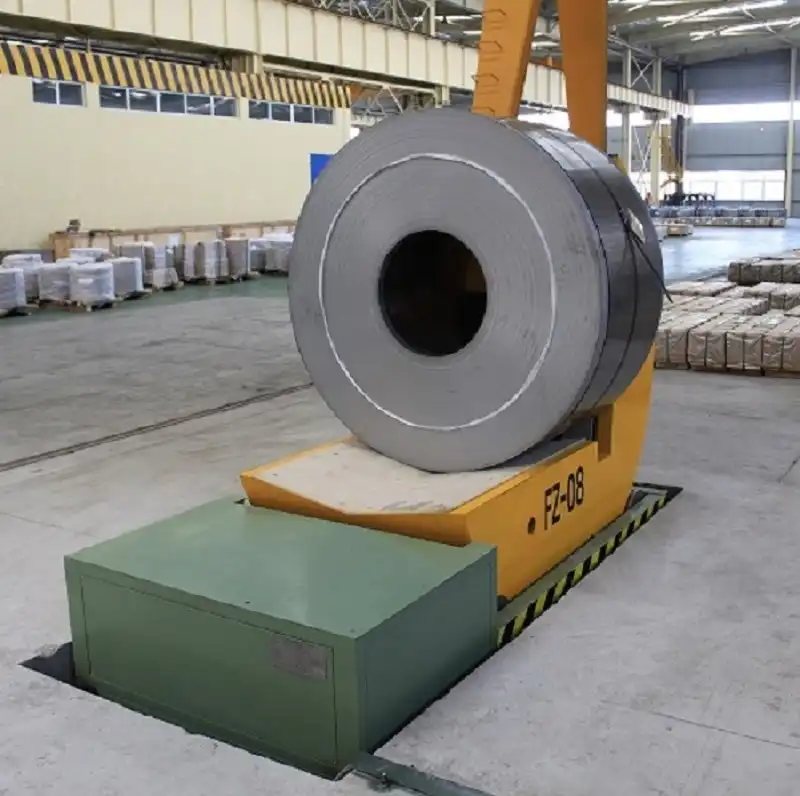
The cost of a coil upender—a vital piece of equipment designed to safely rotate heavy coils of steel, aluminum, or other materials for efficient storage and handling—can vary significantly. For professionals in manufacturing, metal processing, and logistics, understanding the factors driving these price variations is crucial for effective budgeting and procurement. Coil upenders, also known as coil tilters, enhance operational safety and speed in managing coil movements, but their price tags reflect a wide range of specifications and features.
The final price of a coil upender depends heavily on several key factors, including its load capacity, material construction, level of automation, and the specific functionalities it offers. Analyzing these variables helps clarify why two seemingly similar upenders might carry vastly different costs. Furthermore, a clear understanding of these elements guides you in selecting an upender that precisely meets your operational requirements and financial constraints.
What precisely influences coil upender costs, and what should buyers prioritize to ensure they receive the best long-term value for their investment?
1. Load Capacity: How Weight and Size Influence Cost
1.1 Capacity Specifications and Price Correlation
The primary specification influencing a coil upender's price is its load capacity—defined by the maximum weight and dimensions (diameter and width) of the coils it can safely handle.
- Lower Capacity Models: Upenders designed for lighter coils or less frequent use typically have lower load capacities and, consequently, lower price points. These are suitable for smaller operations or specific light-duty tasks.
- Heavy-Duty Models: Conversely, industrial-strength upenders built to manage large, heavy coils require significantly more robust engineering. This includes stronger motors, reinforced structural frames, and higher-grade construction materials, all contributing to a higher overall cost.
1.2 Material Load, Engineering, and Cost Implications
A higher weight capacity necessitates the use of stronger, more durable materials and more complex engineering in the coil upender's construction.
- Example: An upender engineered to handle 30-ton steel coils will inherently be more expensive than a model designed for 5-ton coils.
- Reasoning: The price increase reflects the necessary structural reinforcements, enhanced power systems (hydraulic or electric), and rigorous safety testing required to reliably support heavier loads without compromising operational safety or the machine's longevity. These design and material considerations directly impact the final manufacturing cost and, therefore, the purchase price.
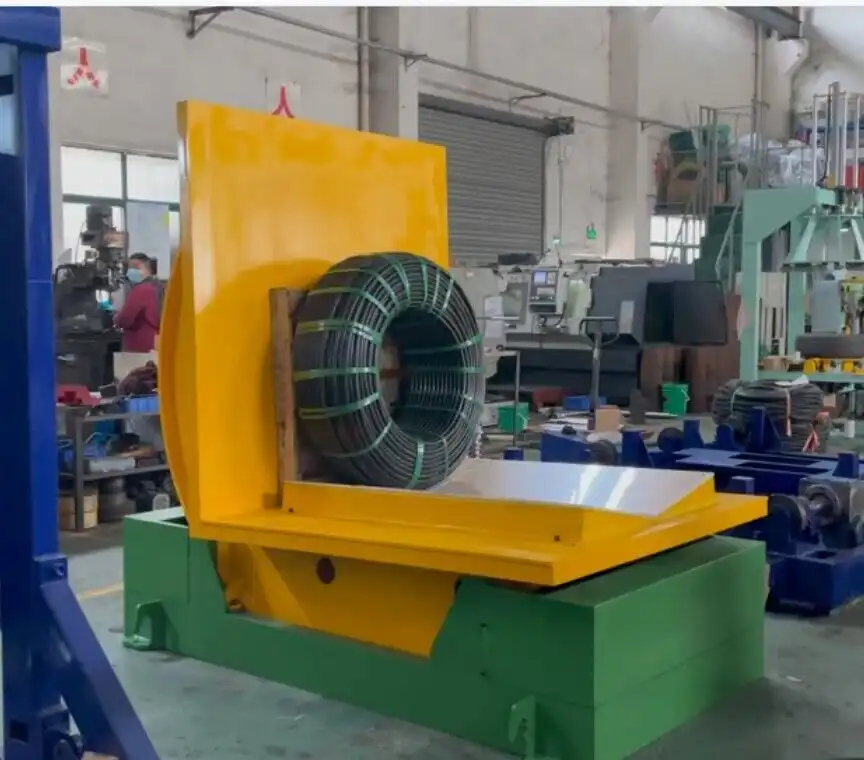
1.3 Matching Capacity to Operational Needs
If your operation regularly processes large or heavy coils, investing in a high-capacity coil upender specifically rated for those loads is essential. While the initial purchase price might be higher, it often translates to lower total cost of ownership.
- Benefits: Prevents equipment strain, reduces the risk of premature failure, minimizes maintenance downtime, and ensures operator safety.
- Long-Term Value: An appropriately sized upender withstands operational demands, reducing costly repairs and extending its service life, thus providing better long-term cost efficiency.
2. Material and Construction Quality: Impact on Price and Durability
2.1 Frame Materials: Steel vs. Alternatives
The choice of materials used in constructing the coil upender frame and key components is a major price determinant.
- Structural Steel: Widely used for heavy-duty applications due to its exceptional strength, rigidity, and durability. Steel frames offer superior resistance to wear and deformation, making them ideal for upenders handling massive coils in demanding industrial settings. However, the cost of high-quality steel and the processes required to fabricate it contribute significantly to a higher machine price.
- Aluminum and Other Materials: While lighter and potentially less expensive, materials like aluminum are generally suited for lower-capacity upenders or applications where weight is a critical factor and maximum durability is less essential.
2.2 Reinforcement, Components, and Durability Standards
Upenders designed for extreme weights, high-frequency use, or harsh environments often incorporate additional reinforcements and higher-quality components.
- Examples: Use of high-strength alloy steel for critical stress points, reinforced welds and joints, heavy-duty bearings, and premium hydraulic or electrical components.
- Impact on Price: These enhancements improve wear resistance, extend the machine's operational lifespan, and ensure reliable performance under heavy load conditions. The inclusion of these premium features increases the manufacturing cost due to material expenses and the additional engineering and quality control measures involved.
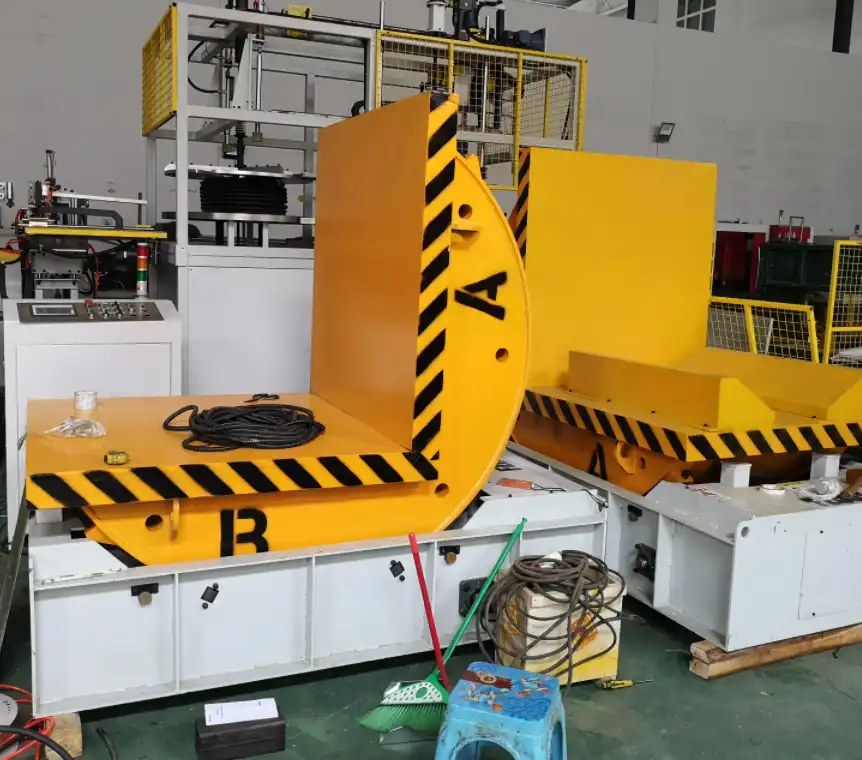
2.3 Longevity, Reliability, and Long-Term Cost Savings
Investing in a coil upender built from high-quality, durable materials might involve a higher initial outlay, but it frequently yields substantial long-term cost savings.
- Reduced Costs: Minimizes the risk of unexpected breakdowns, lowers the frequency and cost of repairs, and extends the machine’s productive service life.
- ROI: For companies focused on minimizing operational disruptions and maximizing return on investment, opting for a robustly built machine often proves more economical over its lifespan, justifying the higher upfront price.
3. Automation Level: Balancing Cost, Efficiency, and Safety
3.1 Manual, Semi-Automated, and Fully Automated Systems
The degree of automation integrated into a coil upender significantly influences its price.
- Manual Upenders: Operated entirely by personnel, often using manual controls (like levers or push buttons) without automated sequences. These are typically the most budget-friendly option but require more operator involvement and may be slower.
- Semi-Automated Upenders: Incorporate basic automation features, such as motorized rotation initiated by an operator, potentially with limit switches for stopping. They reduce manual effort compared to manual models but still require significant operator oversight.
- Fully Automated Upenders: Feature advanced control systems (PLCs), sensors, and integrated software for seamless, programmable coil handling cycles. These systems minimize operator intervention, maximize throughput, and can often integrate with other automated handling systems (like conveyors or AGVs). The complexity of their components, controls, and programming results in the highest price point.
3.2 Impact on Operational Efficiency and Labor Costs
While a fully automated coil upender represents a substantial capital investment, it can deliver significant operational advantages and labor cost savings over time.
- Benefits: Streamlined workflow, faster cycle times, consistent handling, reduced reliance on manual labor for the tilting process, and potentially enabling operators to manage multiple tasks.
- Suitability: For high-volume production environments or facilities aiming for maximum automation, the efficiency gains and labor savings can quickly justify the initial higher cost, making automated upenders a strategically sound investment.
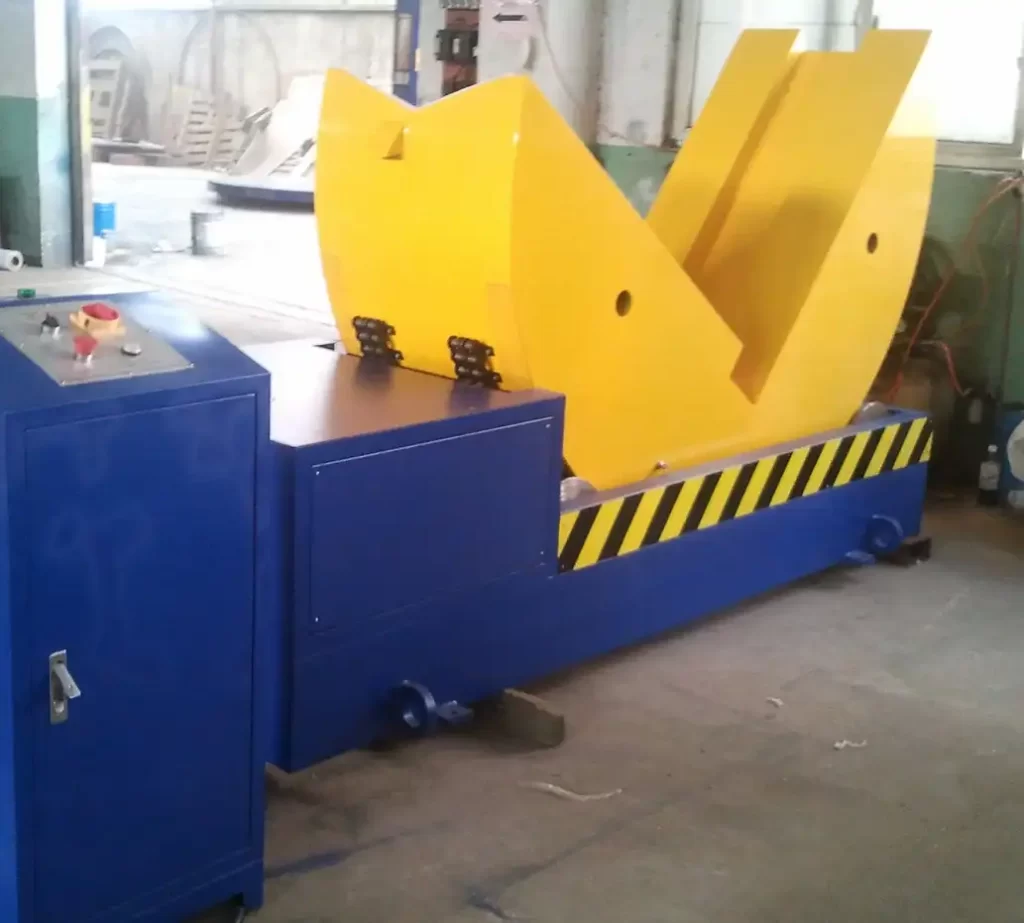
3.3 Integrated Safety Features and Pricing Effects
Advanced automation levels often go hand-in-hand with enhanced safety features, which also contribute to the overall cost.
- Common Safety Features: Emergency stop buttons accessible from multiple points, overload protection systems, safety interlocks (e.g., preventing operation if safety gates are open), light curtains or area scanners, and audible/visual alarms.
- Value Proposition: These safety mechanisms are crucial for protecting operators, preventing equipment damage, and ensuring compliance with workplace safety regulations (e.g., OSHA standards in the US). While they increase the initial price, the added value in terms of accident prevention, reduced liability, and enhanced operator confidence is significant, particularly in safety-conscious operations.
4. Brand Reputation and Customization: Additional Price Drivers
4.1 Manufacturer Reputation and Market Positioning
The reputation and standing of the coil upender manufacturer play a role in pricing.
- Established Brands: Companies with long histories, strong reputations for reliability, and proven track records in the industry often command premium prices. This reflects perceived quality, robust engineering, extensive testing, and typically better customer support and warranty terms. Purchasing from a well-known brand offers a degree of assurance regarding performance and longevity.
- Generic or Lesser-Known Brands: Newer or smaller manufacturers might offer coil upenders at lower prices. While potentially cost-effective, buyers should carefully evaluate the build quality, materials used, availability of support, and warranty coverage. For budget-constrained projects or less demanding applications, these can be viable options, but due diligence is essential.
4.2 Customization, Modifications, and Niche Requirements
Standard, off-the-shelf coil upenders meet many common needs, but unique operational requirements often necessitate customization, which significantly impacts the final price.
- Types of Customization: Modifications to load capacity, specific coil dimensions (extra wide or small diameter), non-standard rotation angles (e.g., 180 degrees), integration with existing conveyor systems, special footprints to fit limited space, unique control interfaces, or specialized surface materials (e.g., non-marring surfaces for delicate materials).
- Cost Impact: Customization requires additional design and engineering effort, potentially specialized materials or components, unique manufacturing processes, and extended testing. These factors directly increase the complexity and time involved, leading to a higher price compared to standard models.
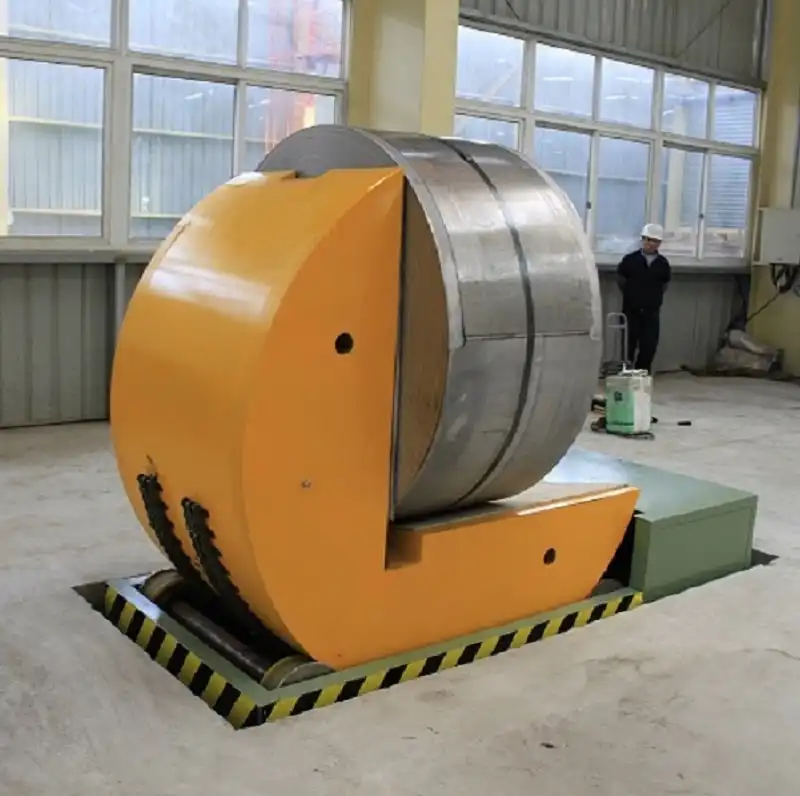
4.3 Value of After-Sales Support and Service
The level and quality of after-sales support offered by the manufacturer are often factored into the price, particularly for premium brands.
- Support Services: This can include installation assistance, operator training, preventative maintenance programs, readily available spare parts, responsive technical support, and field repair services.
- Long-Term Benefit: While potentially contributing to a higher initial purchase price, robust after-sales support is invaluable for minimizing downtime and ensuring the equipment operates reliably throughout its lifespan. For businesses where operational continuity is critical, the value of dependable support can outweigh the cost difference.
Conclusion: Making an Informed Coil Upender Investment
Understanding the diverse factors that influence the price of a coil upender empowers buyers to make well-informed decisions tailored to their specific operational context and budget. Key elements determining the final cost include:
- Load Capacity: Matching the machine's rating to the weight and size of coils handled.
- Build Quality & Materials: Balancing upfront cost with long-term durability and reliability needs.
- Automation Level: Aligning automation features with efficiency goals, labor resources, and safety requirements.
- Brand & Customization: Considering the value of reputation, support, and the cost implications of tailored solutions.
While higher-priced coil upenders often signify premium features, enhanced durability, advanced automation, or specialized customization, each business must carefully evaluate whether these added benefits align with their specific requirements and provide a justifiable return on investment.
Investing in the right coil upender can significantly enhance operational efficiency, improve workplace safety by reducing manual handling risks, and streamline material flow. However, these benefits must be carefully weighed against the initial capital expenditure. Ultimately, selecting the most suitable coil upender involves finding the optimal balance between cost, functionality, safety, and the machine's anticipated long-term value contribution to your operations.
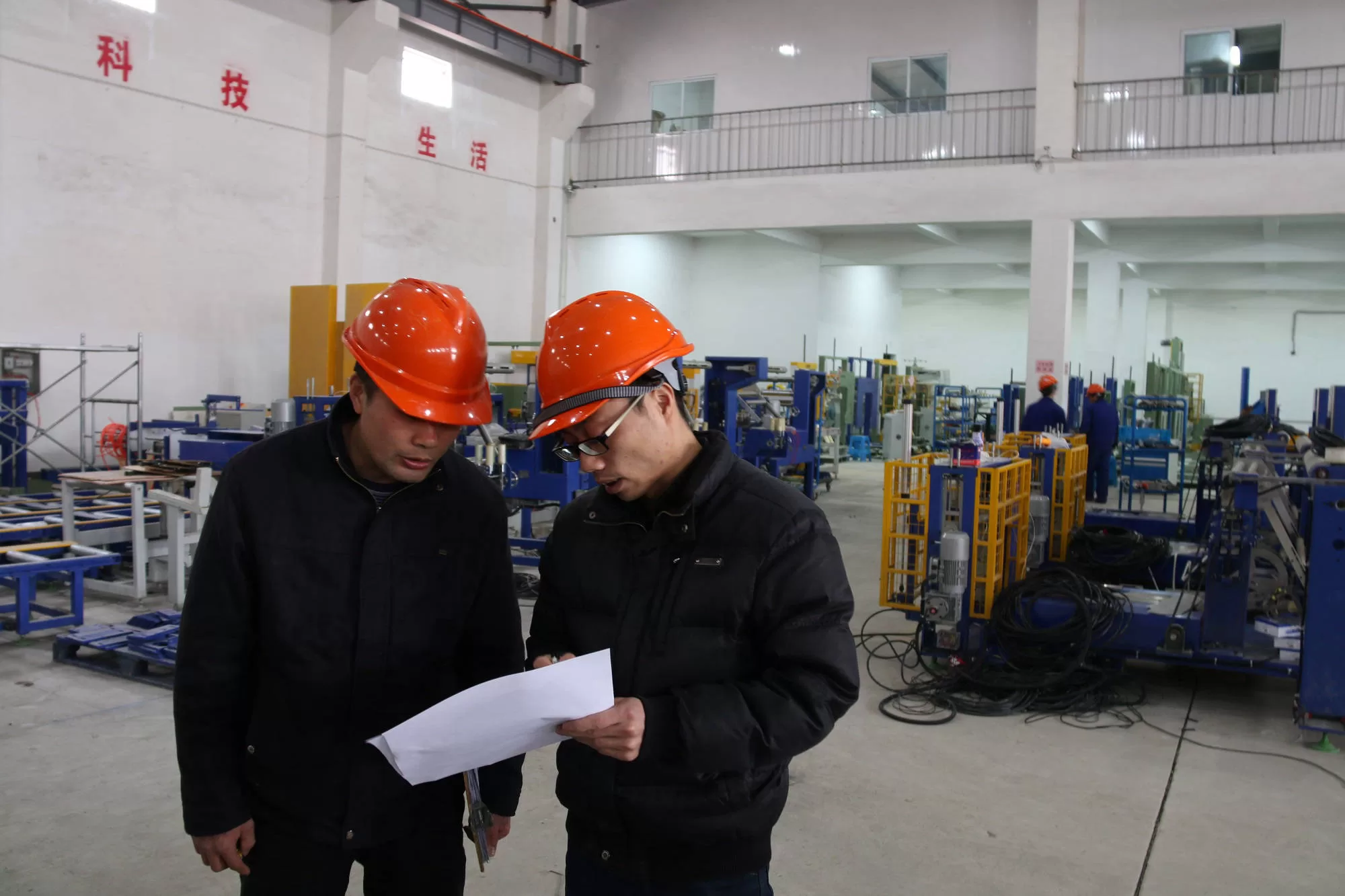
Get Your Best Solution !